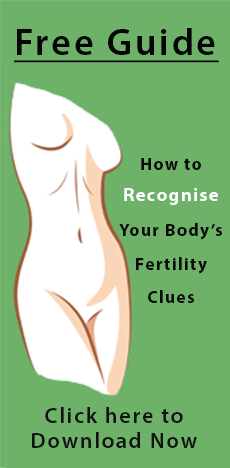The menstrual cycle is made up of two states, ovulation (your fertile time when the egg is released from the ovaries) and menstruation (when the lining of the uterus is shed). Between these two sides are the transition periods from being in one mode to its very different polarity. See the table here.
Apart from the purely physical considerations, at Ovulation there is a ripeness and receptiveness to giving something physical form, the readiness to merge with another and nourish a new life into being, to participate in the act of generation.
At Menstruation this potential new life dies and is released. It is a more solitary event, woman may be receptive but it is not for union with another human but more a desire of union with herself or God/Spirit. It is a time for cleansing and release, a time of regeneration and preparation for the next cycle.
These two events describe on a microcosmic level the basic birth – death -rebirth cycle that is embodied everywhere in the natural circle of living beings on this planet. We can easily compare it to plants: a plant as a seed begins to grow, it matures, flowers (ovulation), drops it seed (regeneration / menstruation) and dies back into the soil. With the plants physical form in death acting as the nutrients for the next new plant (its seed) to grow again.
So why is it that so many women have difficulty with their menstrual cycles?
Why is it that the motherly /ovulation phase is exalted and made good whilst the bleeding phase is called a curse?
Why do many women experience discomfort and pain on physical and emotional levels as they make the transition from the ovulatory phase to the menstrual, or for some women the transition from menstruation to ovulation?
Part of the answer is modern humanity’s disconnection from nature. So few of us interact physically or personally with natures rhythm anymore. We live in a linear or harvest mindset where constant growth is expected and desired, a youth culture where any sort of decay or atrophy is avoided.
Think of the way we gather food these days, we go to the supermarket and are surrounded by constant abundance and harvest… it is always there. And if a fruit or vegetable is not seasonally available where we live, it is flown in from another part of the planet where it is in season and available. Or it is chemically or genetically altered so that it will resist pests, disease, grow bigger, smaller or in a different climate.
(Does this belief that agriculture can be controlled with the right chemicals or processes contribute to the practices of routine outside intervention in so many areas of female fertility from the standard response of if you are irregular – take the pill, having trouble with menopause – try HRT, and the rise of non emergency caesarian’s to name a few?)
It is a way of life now, we don’t even think about it. I’m not saying that this is necessarily a bad thing either, it simply serves to further remove us from any natural affinity to living in a cyclic world.
When we had to grow our own food and raise our own animals, we were intimate with the birth – death- rebirth cycle. We knew there was a time to plant and a time to harvest and a time for rest. Life had rhythm. Our bodies had rhythm and it was easier to accept this rhythm as a natural and pure occurrence. Now a cyclic phenomena is spurned and denigrated as primitive and unnecessary.
So what purpose does a cyclic experience serve?
Personally I feel the cyclic wheel promotes optimum health by allowing living organisms to regenerate and re-nourish themselves. Farmers using rotation cropping rested their soil, they used the land for 3 years or so and then mulched it (with decaying matter) and let it rest so that it would be able to continue to nourish and grow the plants in the highest manner.
Ideally this is what the menstrual phase represents for women, a time to rest and regenerate the creative medium in our lives. And it is this rest and regeneration, the supposedly unproductive portion of our menstrual cycle that is most frowned upon and that most women are totally disconnected with. And the catch 22 is that because women are disconnected from their bleeding cycle, they do not consciously use the time to regenerate themselves and thus become less productive, creative and joyful in the long run.
The point here is not that one phase of the cycle is more valuable than the other, it is simply that the two phases are equally valuable, very different and complimentary.
Learning to value both ends of the spectrum is the key. When we get in touch with our menstrual cycle and learn to ride its rhythm and listen to the messages it gives us about our lives, we experience more balance, self esteem and personal power to make choices about our lives and what we want and ultimately become more productive in creating the type of life we really desire.
See whole article here

